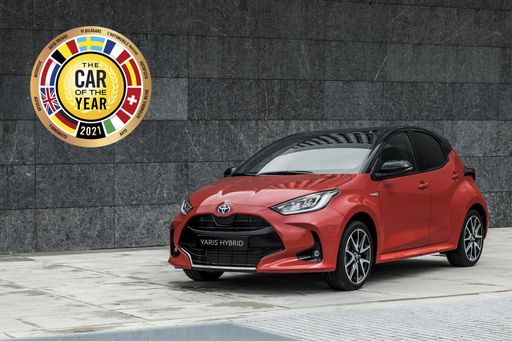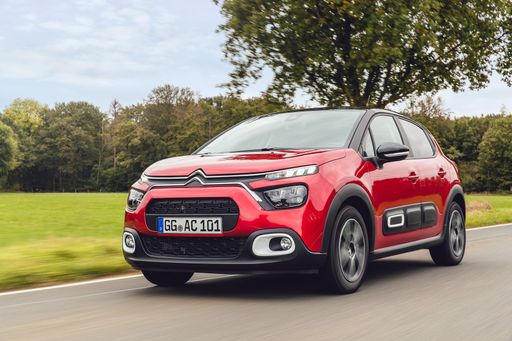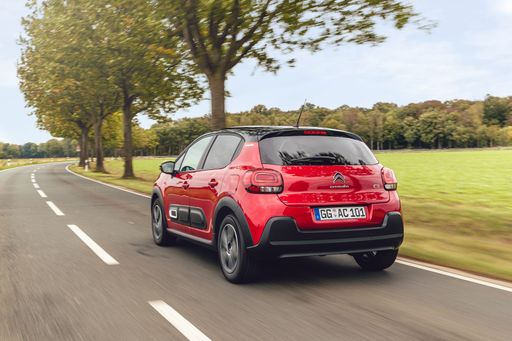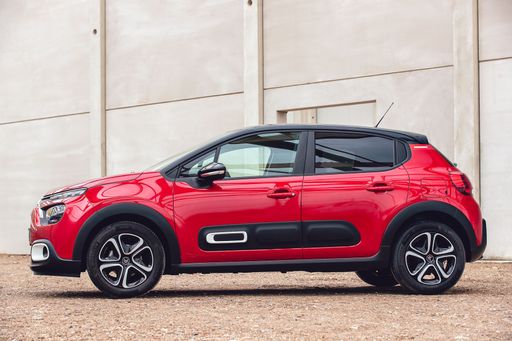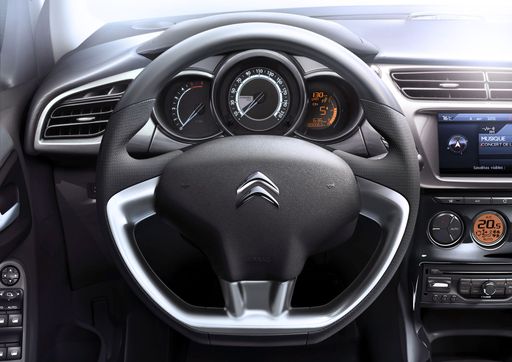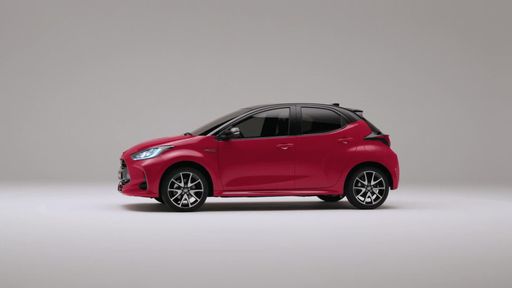Introduction: A Clash of Compact Cars
In the world of compact cars, the Citroen C3 and Toyota Yaris have carved their own niches, appealing differently to a wide array of drivers. With their innovative features and refined engineering, both vehicles promise comfort and efficiency. But how do they stack up against each other? This article takes a deep dive into the technical aspects, designs, and innovations of both vehicles.

